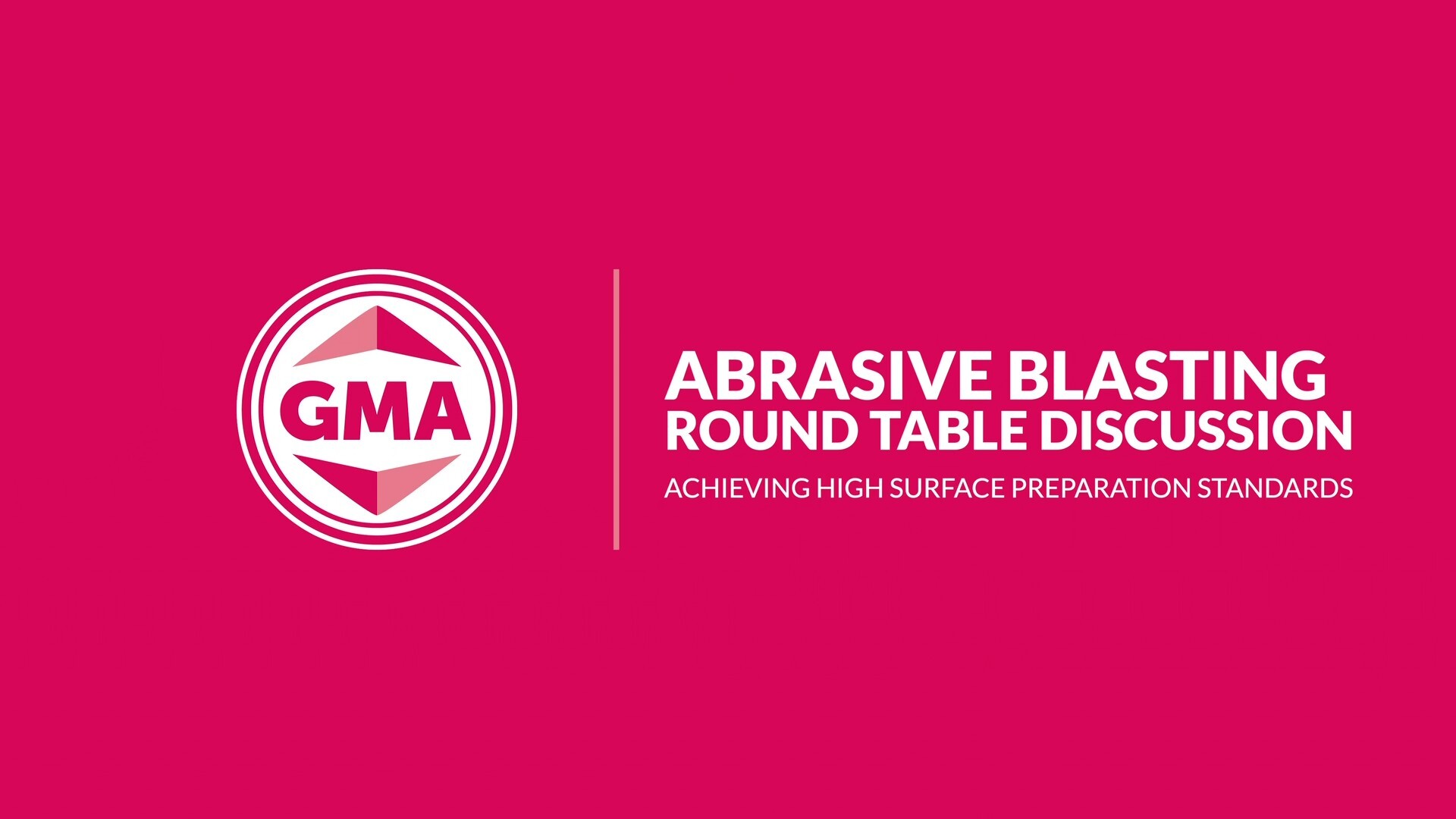You’re currently viewing the Americas website.
You’re currently viewing the Americas website.
Would you like to switch countries or language?Blast Abrasives
Topics
Waterjet Cutting
Topics
Resources
Categories
Types
Categories
Topics
Abrasive Blasting Tech Tips English Global.png)
The Foundation of Coating Success
Achieving High Surface Preparation Standards Operators
When it comes to protective coatings, the industry often highlights advancements in surface-tolerant technologies. Many of these coatings are designed to adhere to a variety of substrates. But here’s the reality: while coatings can stick to steel, they are not engineered to bond with contaminants.
Even small amounts of embedded particles, salts, or other residues can cause coatings to fail over time. As tanks, ships, or pipelines expand and contract with temperature changes, any weak spots caused by poor surface preparation become the starting point for cracks, voids, or peeling. The result? Premature coating breakdown and costly rework.
Why Surface Preparation Matters
It’s well documented that up to 80% of coating failures stem from improper surface preparation. That statistic alone highlights just how critical it is to start with a surface that is:
- Clean — free from salts, oil, dust, and other contaminants.
- Angular — offering the ideal profile for coatings to grip.
- Uniform — without embedded abrasive particles that compromise adhesion.
A Clear Contrast: Garnet vs. Slag
During blast tests, professionals are often surprised when they see surfaces blasted with slags compared directly to those blasted with garnet. Slag-blasted surfaces typically show pitting, dark shadows, and irregular marks. By contrast, a garnet-blasted surface reveals a bright, uniform finish — cleaner than many expect.
“If you put the blasted surface from garnet and slag next to each other during a blast test, people are shocked. They didn’t realize how many bad marks are left behind by slags. When you have GMA directly next to it, you see a truly white blasted surface.”
Pete Mitchell
VP of New Market Development and Technical Management, GMA Americas
The Payoff of Proper Preparation
Investing in higher-quality abrasives and consistent blasting practices pays off in performance, reliability, and reduced rework. For asset owners, the cost savings extend well beyond the blasting phase — delivering coatings that last longer, protect better, and minimize downtime.
 GMA ToughBlast™
GMA ToughBlast™ GMA SpeedBlast™
GMA SpeedBlast™ GMA NewSteel™
GMA NewSteel™ Oil & Gas
Oil & Gas Industrial Fabrication & Maintenance
Industrial Fabrication & Maintenance Marine & Ship Building
Marine & Ship Building TruCost Blast Calculator
TruCost Blast Calculator Product Selector
Product Selector Brochure | GMA Garnet Blast Abrasives
Brochure | GMA Garnet Blast Abrasives News: GMA's Roadmap to Sustainability
News: GMA's Roadmap to Sustainability GMA ExcelCut
GMA ExcelCut GMA ProCut™
GMA ProCut™ GMA ClassicCut™
GMA ClassicCut™ Metal fabrication
Metal fabrication Glass cutting
Glass cutting Stone cutting
Stone cutting Case Study | GMA ClassicCut | Smith and Nephew
Case Study | GMA ClassicCut | Smith and Nephew Why is Garnet the preferred abrasive in Waterjet cutting?
Why is Garnet the preferred abrasive in Waterjet cutting? Water Filtration
Water Filtration Rubber Fillers
Rubber Fillers Anti-skid Products
Anti-skid Products Ilmenite Sand
Ilmenite Sand Pyroxene
Pyroxene Rutile
Rutile